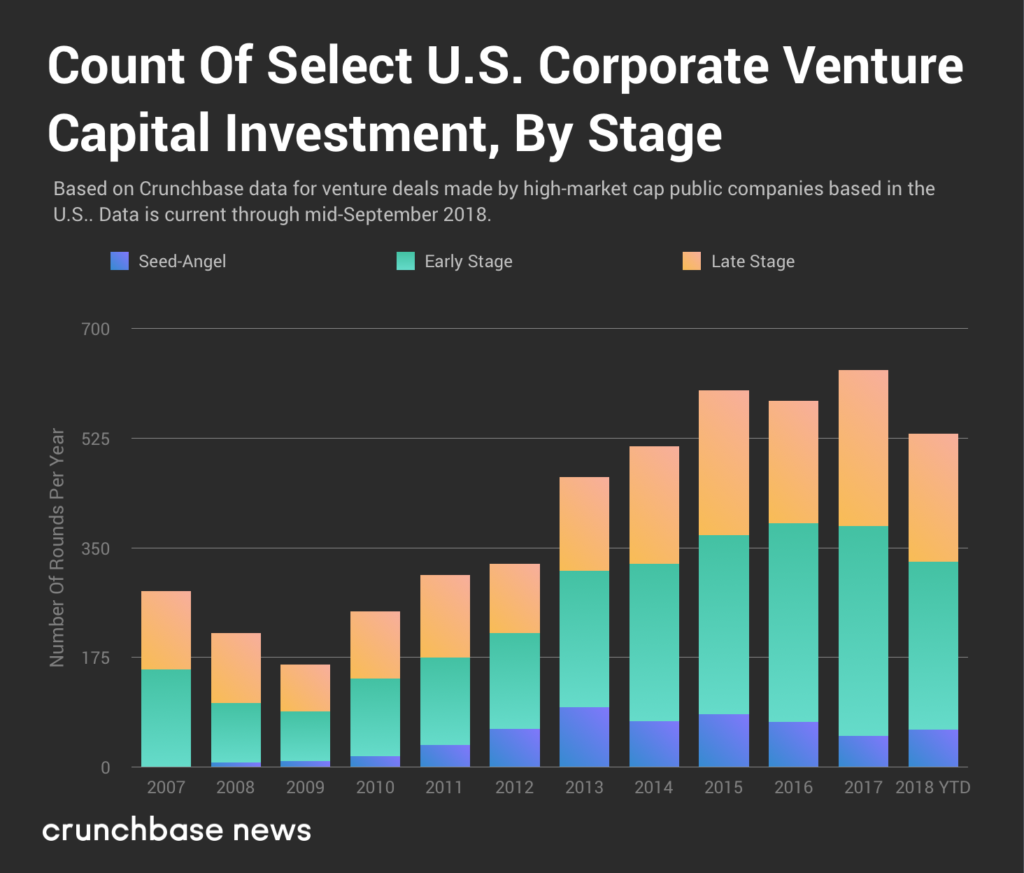There’s an episode in the latest season of the Hulu original series Casual, where the main character, Alex, tries his hand at dating in virtual reality. He quickly meets a woman and develops a big, adrenaline-inducing crush only to realize she’s a scammer out for his credit card information.
The season takes place around 2021 or 2022, when technological advances have made dating in VR both possible and socially acceptable. We’re not there yet, and we probably won’t be there as soon as the writers of the show think, but it’s time to imagine and plan for a future when entire relationships exist in and as a result of virtual reality.
Sextech entrepreneur and advocate Bryony Cole has built a career around the assumption that a full pivot to VR will happen in our lifetimes.
She’s the chief executive officer of Future of Sex, a podcast-turned-media company and sextech accelerator. Future of Sex has just released its inaugural report on virtual intimacy and plans to produce content on other topics at the intersection of technology and sex.
Today, most people are more interested in Magic Leap’s new Angry Birds VR game than the ways in which VR can aid struggling relationships, but the report is full of interesting nuggets on how tech, like teledildonics (Internet-connected sex toys), is transforming intimacy.
There’s a whole class of startups named in the report embracing the notion that human experiences can be improved when powered by apps and devices. No, they aren’t advocating for you to bring your smartphone to the bedroom, but rather claiming that customizable tech can heighten the senses or create new avenues for exploration.
Kissenger, for example, has a mobile app that lets you exchange a kiss over the Internet. Fleshlight and Lovense sell Bluetooth-connected vibrators. And CamasutraVR streams virtual versions of real-life porn stars.
VR is the future of couples therapy
VR, Cole says, is a the forefront of the sextech industry’s transformation and if used correctly, can bolster relationships.
“It’s a new way for couples or thruples, or whatever relationship you’re in, to bond,” Cole told TechCrunch. “The ability to empathize with another person is enriched in this context, which is great, especially for understanding a lover.”
VR can facilitate more meaningful interactions for couples in long-distance relationships. If used right, it can fill the “intimacy gap,” or the space between a couple’s shared happiness and an individual’s personal happiness that, when too big, leads to many couple’s demise.
As a safe space for experimentation, two people can explore fantasies, engage with educational content and even visit a couple’s therapist in VR.
The release of the report is hot off the heels of Future of Sex’s fourth sextech hackathon. In New York, the company asked participants to create tech-enabled solutions to reinvent sex education for teenage boys, among other prompts.
Women in sextech
Future of Sex partnered with porn site YouPorn to co-host the event and asked hackers to come up with ways to leverage YouPorn’s content, which includes VR porn, to improve the sex lives of viewers. VR porn is not a new phenomenon and while it can allow for more personal sexual experiences, researchers have warned that blurring the line between the real and the virtual could lead to ethical issues. How, for example, do you give consent in VR?
Women, who are often exploited for the purposes of sexual entertainment, need to be at the table while this content and other sextech are in development. Fortunately, Cole says, women are entering the sextech community in droves.
“[It’s] exploding at the moment and more and more women entrepreneurs are having a go at building a company,” she said. “It’s Important to highlight why women are getting involved in sextech especially in the current climate of #MeToo.”
On stage at TechCrunch Disrupt SF this year, Unbound, which makes fashion-forward vibrators and other sex toys for women, took home the second-place prize.
“Our dream at Unbound is for female sexual health to be viewed through the same lens as male sexuality — as a part of our overall health that deserves a conversation, platform, and shopping experience that doesn’t feel like a flaming pile of garbage,” Unbound founder Polly Rodriguez told TechCrunch’s John Biggs.
Rodriguez is a close friend of Cole’s — the community is still small — and she’s appeared on the Future of Sex podcast.
The podcast, hackathons and the 12-week accelerator program for sextech startups are part of Cole’s effort to expand the dialogue around VR & sextech, invite new voices into the movement and remove the stigma around having open and honest conversations about sex and intimacy.
“There has to be a way to invite more people into this conversation,” she said. “If we can normalize the conversation, we can raise the standards around talking about sex.”

from TechCrunch https://ift.tt/2QRtRKE

![]() Steven Sinofsky / Learning By Shipping:
Steven Sinofsky / Learning By Shipping:









